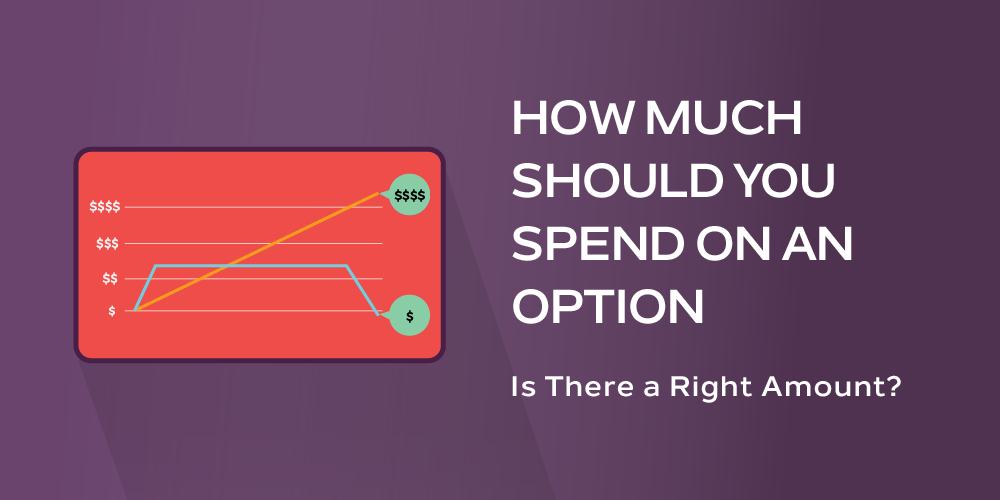
Long options can provide investors with a limited risk way to utilize leverage. While buying options can be an extremely useful tool in the trader’s toolbox, long options can also provide a way to lose money quickly. One of the issues that many novice traders seem to struggle with is how much capital to commit to a speculative long options position.
So, how much should you spend on an option?
The reality is that there is no black and white, right or wrong answer to this question. There are, however, some general guidelines that if followed may improve results and provide protection for your trading capital.
- The 2% rule: One easy, general rule of thumb to follow is to never commit more than two percent of your trading capital to a single trade or position. All the new traders out there with $5k accounts are likely not going to last long if they are spending $1,000 on a single option. If trading a $10k account, you would look for long option trades that involve a premium of $200 or less.
- The 4:1 rule: Another simple principle worth considering is the potential payoff of a long options position or trade. For example, buying a call spread for a premium of $500 that has a maximum intrinsic value of $500 only offers a 1:1 payoff. Buying a call spread for a net premium of $400 that has a maximum intrinsic value of $1600 might make a lot more sense. Whether buying straight long calls or puts or buying call or put spreads, it could make better use of your trading capital to look for positions that have a minimum of a 4:1 payoff.
To further protect your trading capital, do not allow long options to simply expire worthless. Decide on an exit point before placing the trade. For example, you could cut a long option if it declines in value by 50 percent.
While many (if not most) long options trades will not work out, good risk management and proper position sizing based on trading capital may help keep you in the game long enough to see some significant winning trades. If that happens, large winning trades can wipe out a number of smaller, losing trades. Remember, you are going to be wrong sometimes—probably most of the time.
But you can’t win the game if you aren’t playing. As the old adage goes, you must keep losses small and let winners run in order to be successful.










